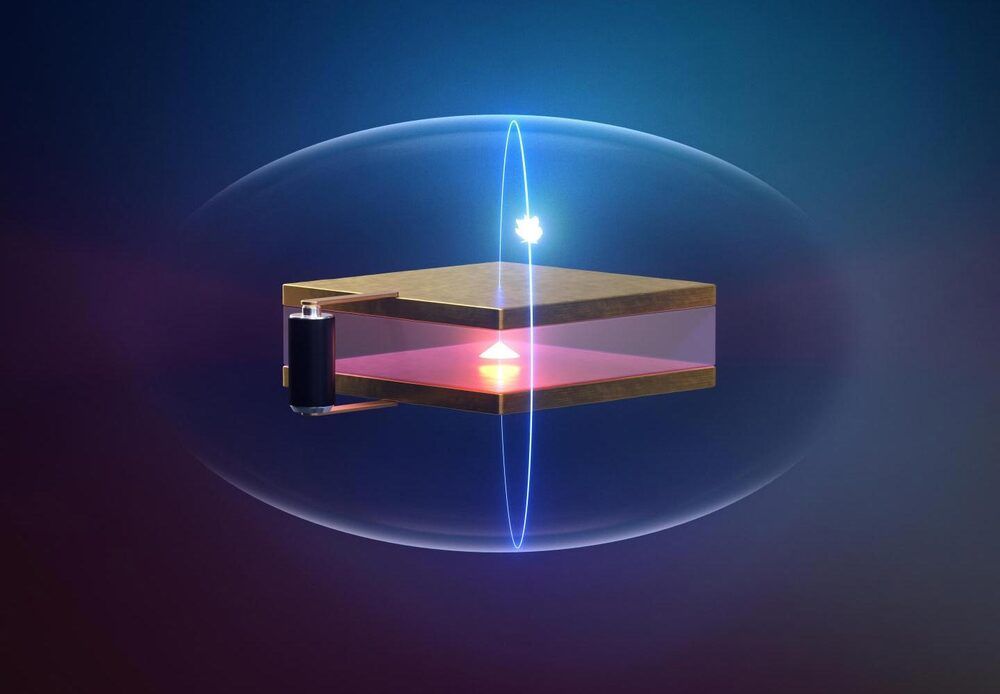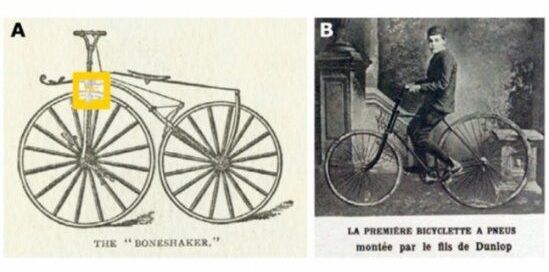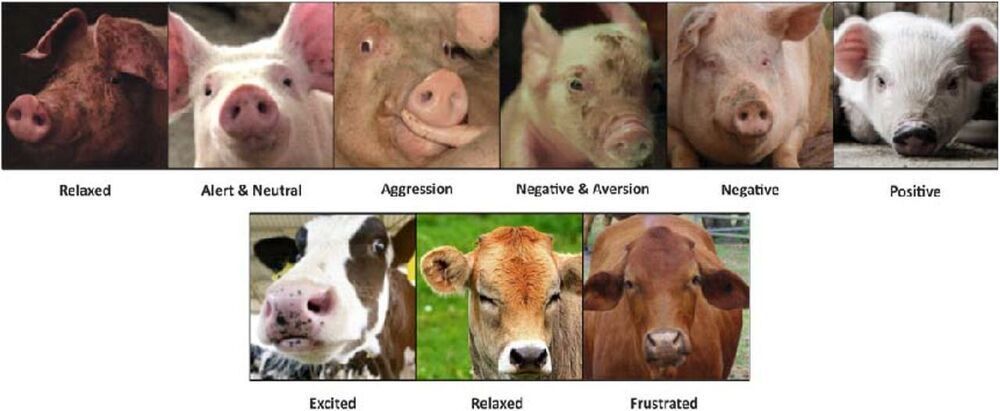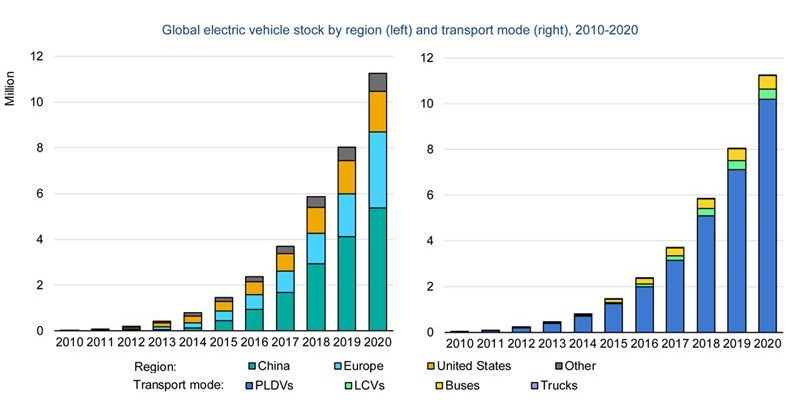Voyager 2 joined Voyager 1 outside the heliosphere one year ago. Now, five new papers reveal what it has found out there.
Only two of humanity’s spacecraft have left the Solar System: NASA’s Voyager 1 and Voyager 2. Voyager 1 left the heliosphere behind in 2012, while Voyager 2 did the same on Nov. 5th, 2018. Now Voyager 2 has been in interstellar space for one year, and five new papers are presenting the scientific results from that one year.
The heliosphere is a bubble-shaped region of space with our Sun in the center. Think of it as an inflated cavity full of plasma that comes from the Sun. The edge of the bubble is where the plasma from our Sun gives way to the interstellar medium (ISM.) Voyager 2 left the heliosphere behind and entered interstellar space at about 18 billion km (11 billion miles) from Earth.







